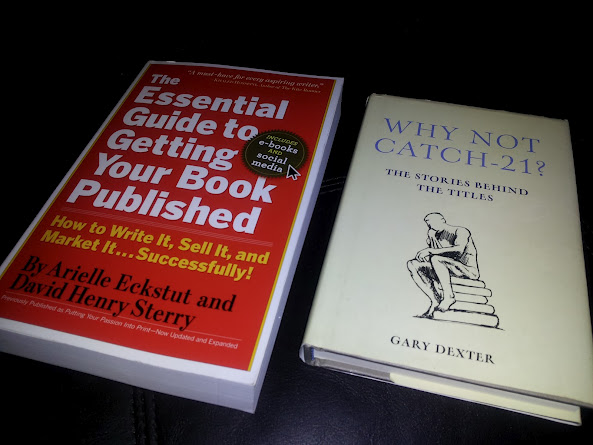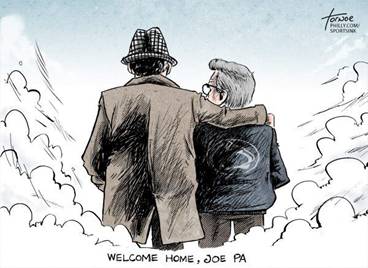Considering all that’s occurred in Egypt since I departed the country three weeks ago, it would be beyond selfish to follow up An Egypt Travel Manifesto with a prosaic rundown of the sights and sounds. I thought of opening with a rant about my detention in U.S. Customs & Immigration at Newark International Airport, but that 20-minute hold up – while totally unexpected and a little frightening – was far more comical than life altering, especially compared to what the Egyptian people are experiencing now.
The health of former and dishonorably ousted president, Hosni Mubarak, has seriously deteriorated. Egypt’s first democratically-elected Parliament in more than sixty years was just disbanded by a panel of judges that Mubarak appointed. Two of the original thirteen presidential candidates will compete in a runoff election this weekend, but neither choice seems to be a popular or positive alternative among the majority of Egyptians.
Yes, we visited some amazing places (the Pyramids of Giza, the Sphinx, the Temple of Karnak, etc.) and captured thousands of photos (you can link to some of them below), but I think what we’ll remember most is the people of Egypt.
During our last night in Cairo, the travel agency arranged for the tour group to meet with Ashraf Khalil, author of Liberation Square: Inside Egyptian Revolution and the Rebirth of a Nation. In addition to giving us his analysis of the election, the government and the political upheaval, Khalil actually thanked and commended us for visiting Egypt during a time when most will not.
Tourism in Egypt represents 11 percent of its economy versus the U.S. economy which takes in a little under three percent of its gross domestic product from travel and tourism. From the hundreds of unfinished resorts along the Red Sea to the dozens of merchant boys as young as eight years old who swarmed the tour bus doors at each stop, it’s evident that the current turmoil has greatly impacted travel in a country whose residents greatly depend on it. With the few Egyptian pounds we managed to spend in the local markets, I’m hoping we were able to give to Egypt as much as we learned from it.
Our tour guides – Eman and Dalia – possess an overwhelming wealth of knowledge and sense of pride in their home and its richly complex history. They’re academically-trained guides, so I guess this should be expected. However, Eman is currently her blind mother’s sole caretaker, and Dalia is a wife and mother in a country where women are not exactly on equal footing with their male counterparts. To have such an unfailing esteem for your homeland despite this, is an embodiment of courage I think only a few could cull themselves to have, and it was a honor to travel with and learn from them.
Eman proudly displayed her inked-stained voting finger for days following the election. The “I Voted” sticker I acquired this past Tuesday – following Alexandria, Virginia’s primaries for the U.S. House of Representatives and city council – was stuffed in my jacket pocket.
While I definitely appreciate my right and ability to vote, and the U.S. political system is by no means on par with Egypt’s, it’s hard to stay consistently upbeat about any political process that has become so overwhelmingly negative when it doesn’t need to be.
Come November 6, 2012, the “I Voted” sticker I obtain that day might suffer the same fate as its predecessor, but the cartouche pendant that Eman once wore around her neck and gave to me on the last night of our trip, will still be worn proudly around my neck. The pendant’s symbols represent prosperity, eternal life and protection.
You can view my photos of Egypt on Flickr:












